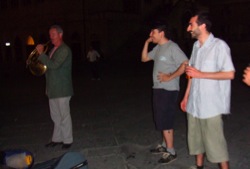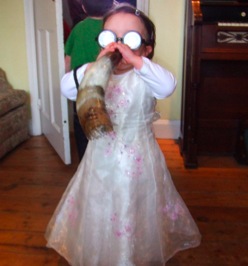
A SESSION WITH ME



So, if you have an individual session with me, what do we do?

Well, you have come with a problem. Yes? Maybe a few problems. Maybe a general sense that things could be better. Or just to find out what my stuff is all about. It doesn’t matter. We’ll talk, and observe, and you’ll play something, and we’ll find out together what your concerns, attitudes and awarenesses are. They could be technical, musical, physical or psychological.
So we have 1. Fix it
2. Accept it
3. Do it more
Any or all of these might be appropriate.
It is mostly a matter of feeling which ones
seem to work for you.
Here are some examples:

To book a session
I live near London, UK






